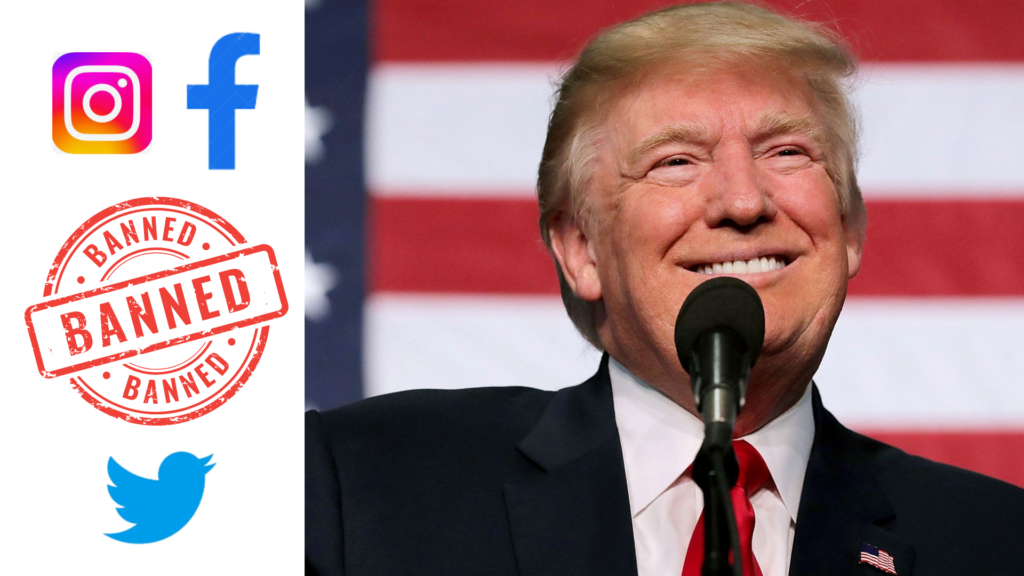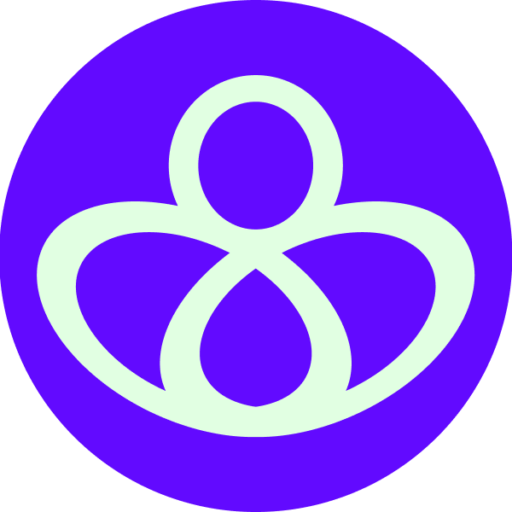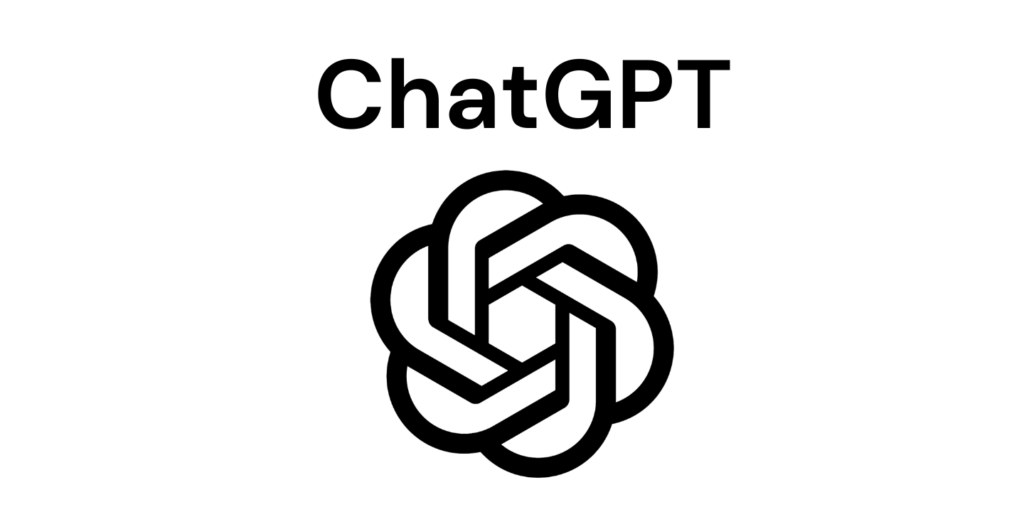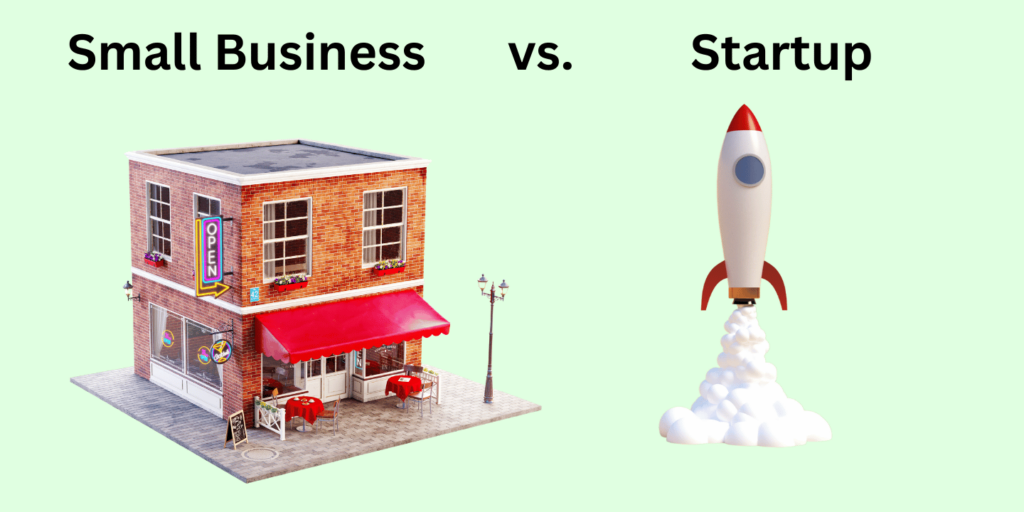Deplatforming means the block or the ban of social media accounts. Let’s find out how does this happen. The last decade has witnessed a humungous adoption of social media platforms. They have gained huge attention due to their unmatched capabilities of connecting anyone anywhere in the world. Undoubtedly, these platforms are a gold mine of information. What is more, they did not stop at the world of entertainment; but rather evolved to a hub for business and money-making. While they present a wide array of benefits, they have their own protocols and norms, which if violated can bring an action against the user. That brings us to understand the concept of de-platforming.
Social media is increasingly becoming a go-to place to condemn others with low blows. While originally launched to connect people, it is gradually turning into a platform to exchange verbal potshots and bad-mouth. Moreover, certain people exploit these sites to dupe and misguide others by posting inappropriate content. To restrain these antisocial and offensive activities, social networking sites have started adopting a mitigation strategy of suspending accounts that violates the platform’s terms of service (TOS). Depending on their policy, these socially unfit accounts are either suspended temporarily or banned permanently.
This action of banning accounts due to non-permissible activities and blocking someone to use the social media platform is referred to as de-platforming. This not only results in closing the accounts but also removes any existing content previously shared on that platform.
How is Deplatforming done?
Most platforms have their own phased process of banning accounts. However, they are usually staged as follows:
Shadow-banning — Also known as a partial block
The user remains unaware of the ban and her profile becomes invisible to everyone. She is blocked to receive the normal organic boosts. Simply put, very limited content is made visible to the audience. This happens for either a particular post or the entire account is barred from using the platform functions. The ultimate aim is to demoralize the user. Due to the low visibility, the account does not get much attention and the revenue gets considerably impacted in the case of an influencer or a business. Consequently, she is left with no option but to give up the account
Hashtags are one of the ways to verify whether the account is shadow-banned or not. In case it is banned, none of the user’s posts will show up on hashtags. Another way is to get on to a different account and do not follow the account you like to verify. Then browse an account similar to yours. Afterward, scroll through the “Suggestions for You” accounts. If the account you are verifying does not show up, this is an indication that you are shadow-banned..
Sometimes, using inappropriate hashtags can also result in shadow-banning. For instance, Instagram has a number of banned hashtags that are not allowed to use. If you end up using those hashtags, Instagram will restrict that post and it will stop appearing on the followers’ feeds. According to Instagram Community Guidelines, failure to avoid using the banned hashtags can result in your account getting temporarily or permanently banned.
Demonetization
In this phase, the permission to run ads on content is withdrawn, for instance, suspension of an AdSense account. Moreover, the account is also barred to make and receive payments online. Banks and payment processors begin to close accounts, leading to financial repercussions. After a point of time, the target user is compelled to abandon her account.
Banning
This is the final phase when social media completely removes the target. This happens at once or in a staged manner. Generally, the target is banned from one platform, followed by others, happening within hours.
Are Deplatforming rules fair to everyone?
In the recent past, we have witnessed many cases of de-platforming, for celebrities, politicians, and top-notch personalities. Following the attack of the Capitol on January 6th, 2021, Twitter permanently banned Donald Trump, while Facebook and Instagram issued an “indefinitely” suspended status.

“Given the gravity of the circumstances that led to Mr. Trump’s suspension, we believe his actions constituted a severe violation of our rules which merit the highest penalty available under the new enforcement protocols.” Nick Clegg, vice president of global affairs for Facebook
“After close review of recent Tweets from the @realDonaldTrump account and the context around them we have permanently suspended the account due to the risk of further incitement of violence,” — announced by Twitter .
In another attempt, Twitter and Facebook permanently suspended the account of Steve Bannon, former White House chief strategist, after his beheading statements for Dr. Anthony Fauci and FBI Director Christopher Wray. He made these scary comments in a video posted on Facebook, YouTube, and Twitter accounts. By the same token, the social media accounts of celebrities from the entertainment world, including Madonna and Rihanna were suspended due to the posting of “mature and unacceptable content”.
Is deplatforming violating freedom of speech?
In a way, deplatforming is a form of ‘Cancel Culture’, which is essentially defined as the removal of problematic people from the mainstream culture. This concept deals with “cancelling” public figures, celebrities, brands, or individuals that have behaved inappropriately and antisocially.
While deplatforming and cancelling culture is all the rage these days, some opponents believe that it is jeopardizing the freedom of expression, or “free speech”. Social websites like YouTube, Facebook, and Twitter are banning content they don’t wish to see. This challenger group believes that it is a form of public censorship. Furthermore, deplatforming rules keep evolving and are subjective to the platform owners. Therefore, the governance of this important area in public life is now open for debate and decisions.
Authored by Ekta Bhatia for Fujn




